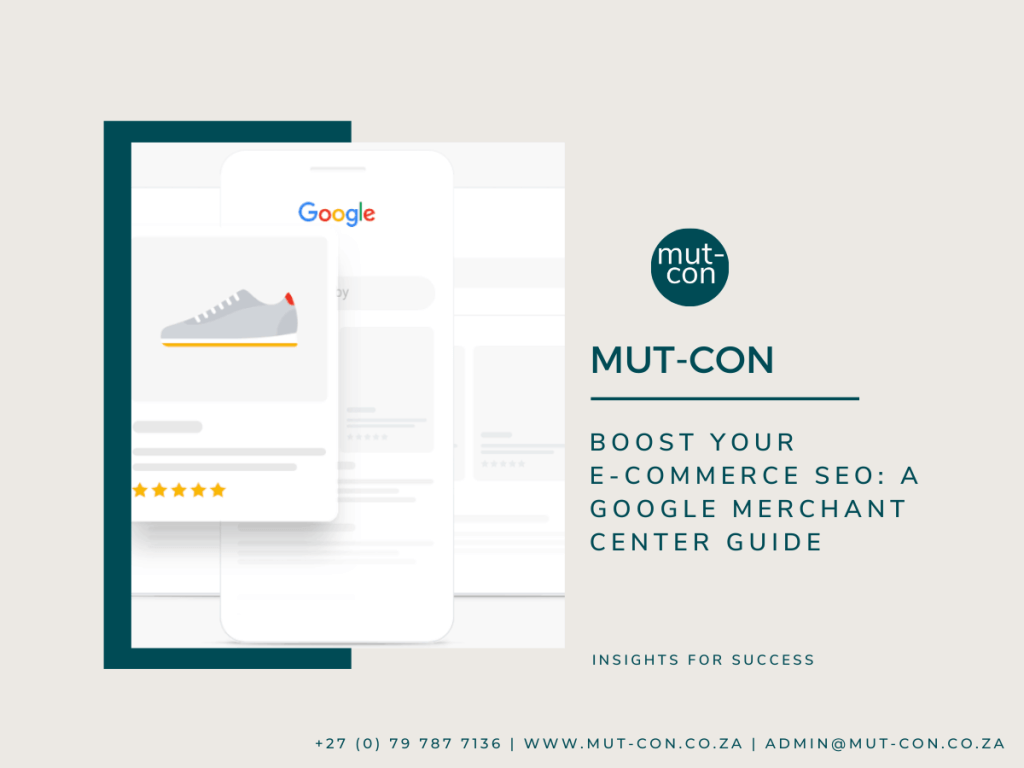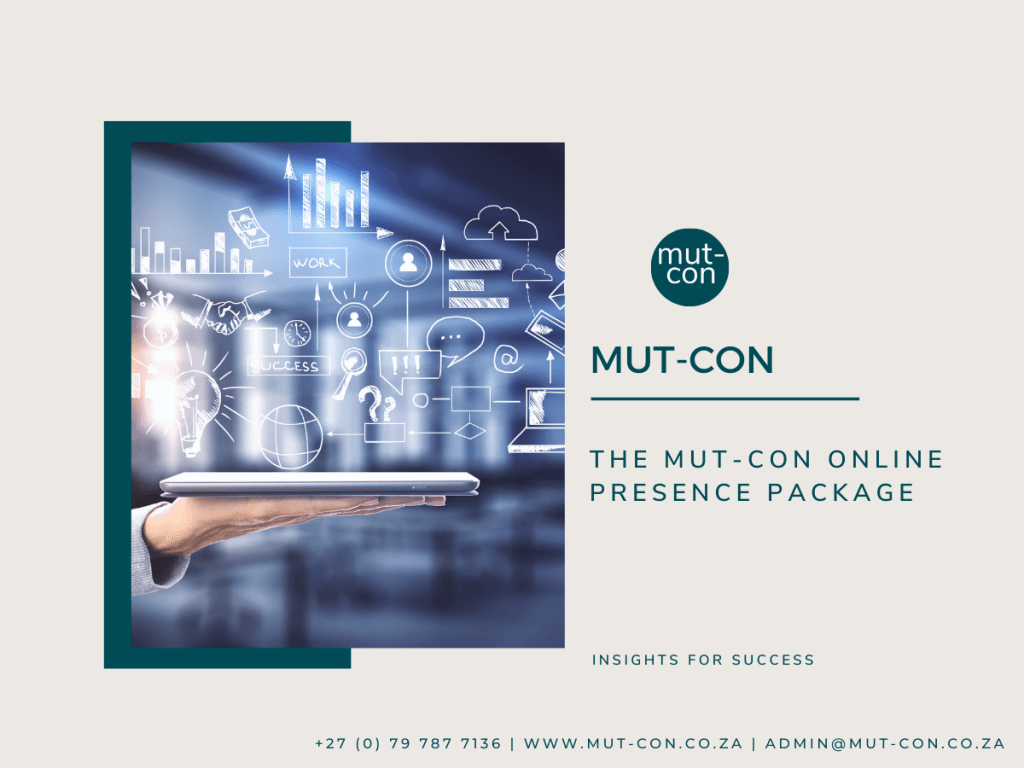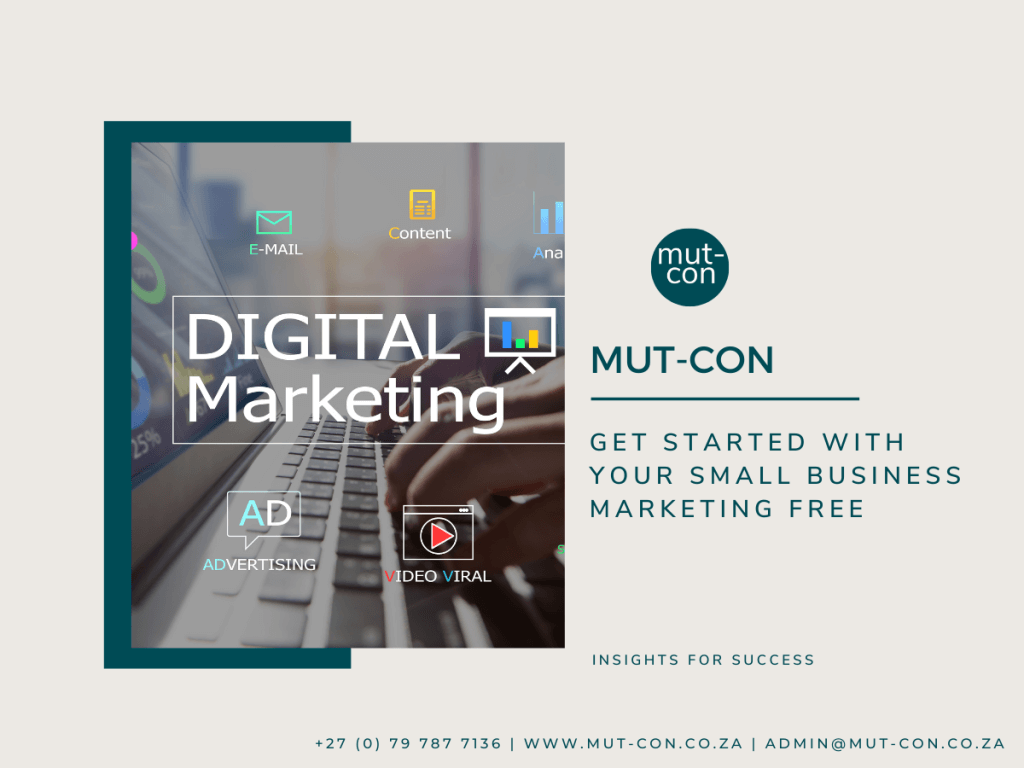This post was last updated on November 24th, 2022 at 02:24 pm.
Website conversion rates are becoming more and more important as businesses move from brick and mortar to online presence. Even for companies with traditional storefronts, the purchase journey almost always starts online.
About 81% of consumers will research a product online even if they make the actual purchase at a physical store. So, even with the best store layouts, businesses can lose clients from non-converting websites.
Website conversion rates refer to the percentage of visiting clients who complete an important action on your site. Because all websites are created to meet particular goals, conversion rates are very important. So companies need to engage in conversion rate optimization, ensuring they get the most conversions per visitor.
Considering physical stores enjoy a solid conversion rate of about 15% – 30%, there must be a lot we can learn from them. Save for taking less effort, online and physical shopping is not so different. Let’s look at some factors store owners optimize to get more of their clients to buy;
Match themes to target audience
Physical stores take themes very seriously. Customers can always tell if the store is right for them if the styling matches what they are looking for. Small details make a huge difference, but clients are discerning and will notice. Bradley Nice wrote an informative article about how website colours affect website conversion rates.
It’s likely that your brand themes are already based on the customers you want to attract. Carrying this over to sites will bring increased visitors and sales.
Merchandise your products
Merchandising refers to arranging products in a manner that encourages customers to make purchases in stores. This involves arranging best sellers and promotional products at the front to encourage clients to start the purchase journey. Once they begin, clients will then purchase additional items they need.
This is important for corporate websites. Unlike product websites, that plaster the product on the landing page, corporate websites need to merchandise their products on informational pages like about us. This will remind the client of the products they are there for instead of just reading about the company.
Even for product websites that sell more than one product like online stores, promotional products should be prominent on landing pages. At the back of the site, they do not have the desired effect. They should be put prominently where they can be seen. This way, they will encourage clients to make a purchase, and then maybe consider related products.
Minimize checkout times
The easiest way to lose customers in a store is long queues. It is particularly annoying for clients with a few purchases. As a matter of fact, the longer the queue and the lesser the number of items the customer is purchasing, the higher the chances they will abandon the purchase. It’s no different in the online world.
Website conversion rates will plummet if there are too many touch points in the checkout process. Firstly, no matter the type of site, it’s important to let users browse before having to sign up in any way. Few people would enter a store if they had to make a commitment just to enter the front door. Allow people to browse, even enter items into shopping carts without having to fill out anything.
Secondly, when it comes time to finally fill up forms and checkout, this process needs to be optimized. The easier it is to check out the more likely the client will complete the purchase. A few best practices should be observed, including;
- Having as many payment methods as possible
- Easy to navigate forms with placeholders and autofill
- Collect only necessary information
The list is pretty long, but optimized checkout processes are key to website conversations. Eleonora Ibragimova wrote a comprehensive post on improving the user experience in forms.
Have an assistant
A helpful staff complement is an important part of the customer experience. Whether it’s helping clients find their way around or with important information, they can help secure a purchase. The online journey is no different. Providing information to clients at critical stages of their purchase will boost website conversion rates.
Particularly for businesses that can’t determine prices upfront, this is important. It’s important to retain clients who are looking for prices to make purchases at later dates. Such companies should be able to consult with clients in real time and arm them with this information before they move on.
Luckily, website chat functions are the assistants that customers need online. They can answer in real time all questions. Automated chat and AI is making it increasingly possible to provide chat assistance round the clock. Better yet, clients can leave their information which can be used to get back to the client at a later time if they were missed.
Have samples
Each one of us has purchased something because we felt guilty after taking a free sample. Or better yet, the sample lived up to the store’s promise and was incredible so we wanted more. More than that, the number of businesses offering free stuff is growing. Particularly in technology, monetizing freebies is a growing model.
Like in physical stores though, freebies increase the chances of clients making important conversions. Whether it’s a pity purchase or the product making so much of a difference the client signs up for more, the potential for boosting website conversion rates is undeniable. Giving freebies is a good opportunity to introduce clients to your brand. In addition, you get a qualified lead that you can follow up on.
What is important is to make sure the call to action to try a product is clear and visible. After all, product samples are always out in plain sight, clearly labelled as free. But most importantly, collect a means to follow up with the client, like an email. Should the product live up to expectation, the client should definitely come back and convert with a few encouraging emails.
Get clients to your store with the right message
Getting clients to a website is tough. A lot of time is spent on outbound marketing, SEO for search ranking, while paid advertising is not exactly cheap. After all this time, effort and money, businesses have to make sure these clients convert. In the offline world, businesses make sure what they advertise is what clients find in their stores.
Promotions and shopping experience promises are matched as far as possible. Nothing will lose clients faster and hurt a brand faster than getting them to the site under falls pretences. Clients will bounce right off if the message that got them there doesn’t match what they find. Over and above having content that matches messages that deliver clients, this content should be right where they land.
Clients will not navigate elsewhere if the landing page doesn’t contain what they came for. They’ll simply assume they have been scammed and bounce of as well. Poorly constructed landing pages are just as bad for website conversion rates and brands as misleading messages.
Build customer loyalty
In the offline world, the high conversion rates are possible from loyal return customers. This can help website conversion rates a lot as well. Online though, building customer loyalty is a lot tougher. With physical locations not being a factor, it’s tough to keep clients coming back to you. In the online world, businesses are at the mercy of search engine results and whose message clients see last before deciding to purchase.
Paid advertising could help here but if website conversion rates depended too much on advertising, their return on investment would suffer. To build customer loyalty online, businesses need to engage their customers. Social media and email are invaluable tools. Thank you pages are not only valuable for encouraging customers to purchase more but to engage with the brand later.
Businesses that can get clients to sign up for newsletters or join a social community will have better customer loyalty. By continuously updating clients on their happenings, they can make sure clients fall in love with their brands. These loyal clients will definitely improve website conversion rates.
Conclusion
Websites are assets for any business, so they need to meet goals and contribute to the bottom line. To achieve this, goals must be expressed as desired actions to be completed by clients on the website.
A lot of effort is invested in getting visitors to the website, it’s important to make sure every client contributes to these goals. That’s conversion rate optimization. While the final decision lies with the client, it should be made easy for clients to convert.
All sources of friction that could discourage them from converting should be removed. Business owners can use some of their strategies from their physical stores to get more conversions online. Even better, the online to offline journey will be improved leading to overall greater revenue.





